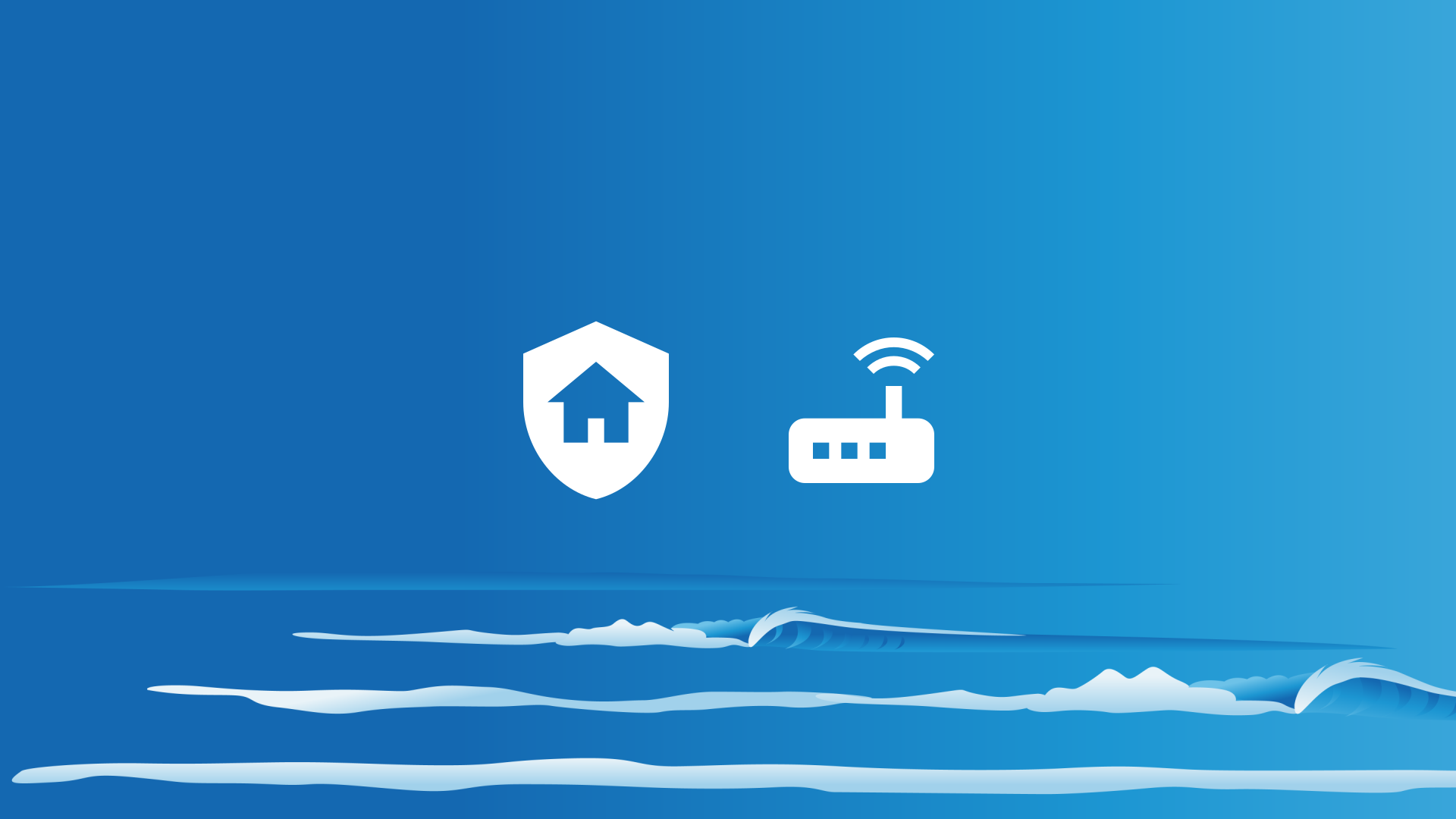Safe Surfer provides you with a safer internet surfing experience. To achieve this, we use a technology called Domain Name System (DNS).
1. What’s DNS? 🔍
DNS works behind the scenes on your devices so that you can easily surf the internet without having to memorise the IP address. The DNS “translates” a URL to it’s IP address.
Safe Surfer DNS servers carry out the following functions:
- Ensuring that your web browsing requests are following your filter settings. If not, the device will not be able to connect to the requested website.
- Resolving your web browsing requests to IP addresses for your device to use.
Safe Surfer support encrypted DNS on modern devices. This means that you can encrypt your web browsing requests for a more private browsing experience. Check out our article here to find out more about the technologies behind this newer method of protection.
2. Configuring devices to use Safe Surfer DNS servers 🌐
||| If you wish to manually configure a device to use Safe Surfer, you can use the information below. Typically you would only use the classic method if you are having trouble using our app on a device, or if you want to provide a default protection fallback (which can be overridden on a per-device basis for those who are tech-savvy!).
Private DNS (preferred method; Android / iOS / some modern routers)
For a brief guide on configuring Private DNS, check out our guide here.
Safe Surfer IPv4 DNS servers
(classic method; most routers)
For a guide on configuring classic DNS on a router, check out our guide here.
- 104.197.28.121 (primary)
- 104.155.237.225 (alternative)
3. Protection configured ✔️
Once you have configured DNS, your home network devices should now have a basic level of protection with Safe Surfer (e.g. blocking websites that host pornography or malicious software). If you look at our website on a protected device, you should see the following widget at the top of the home page:

